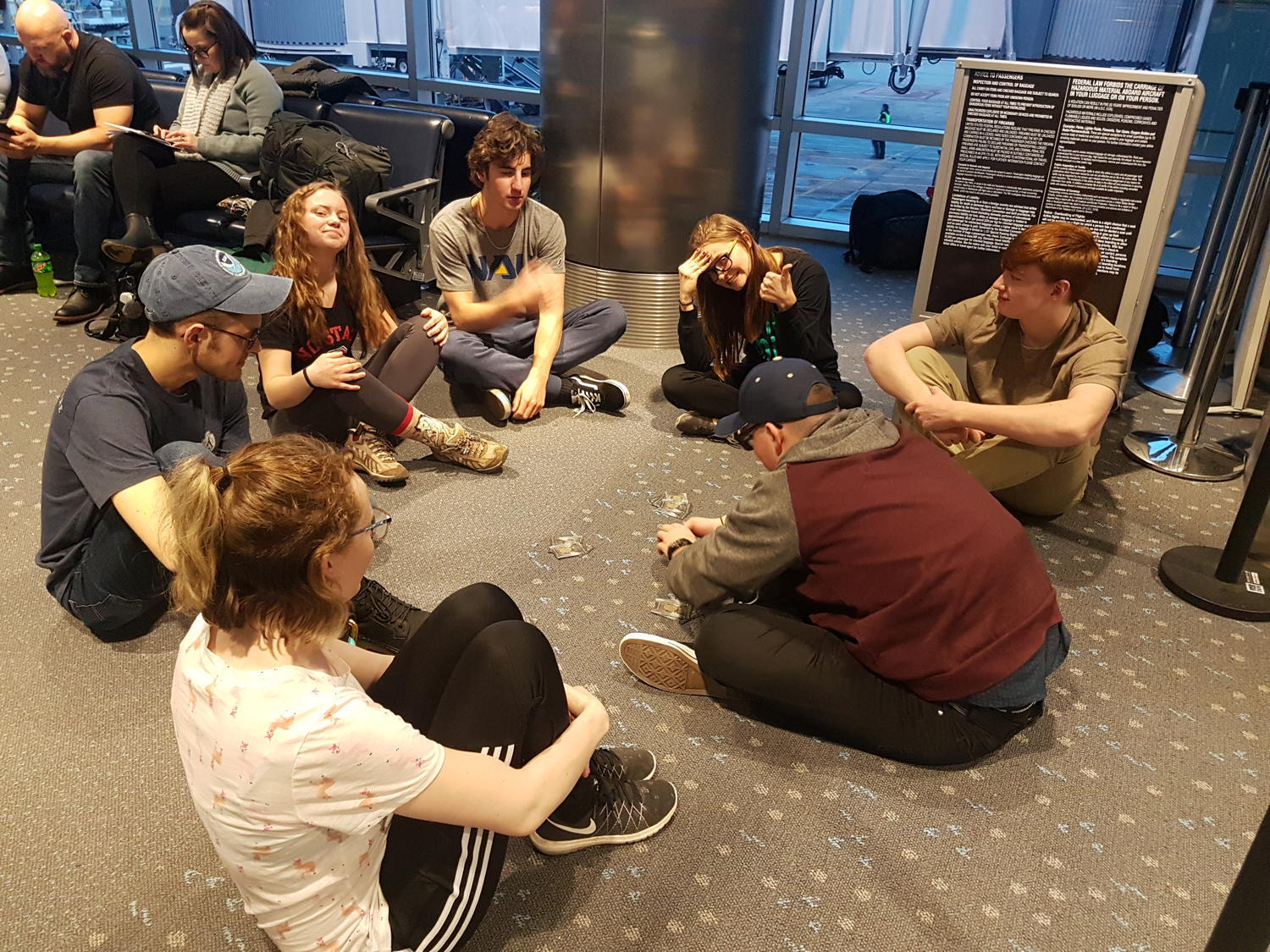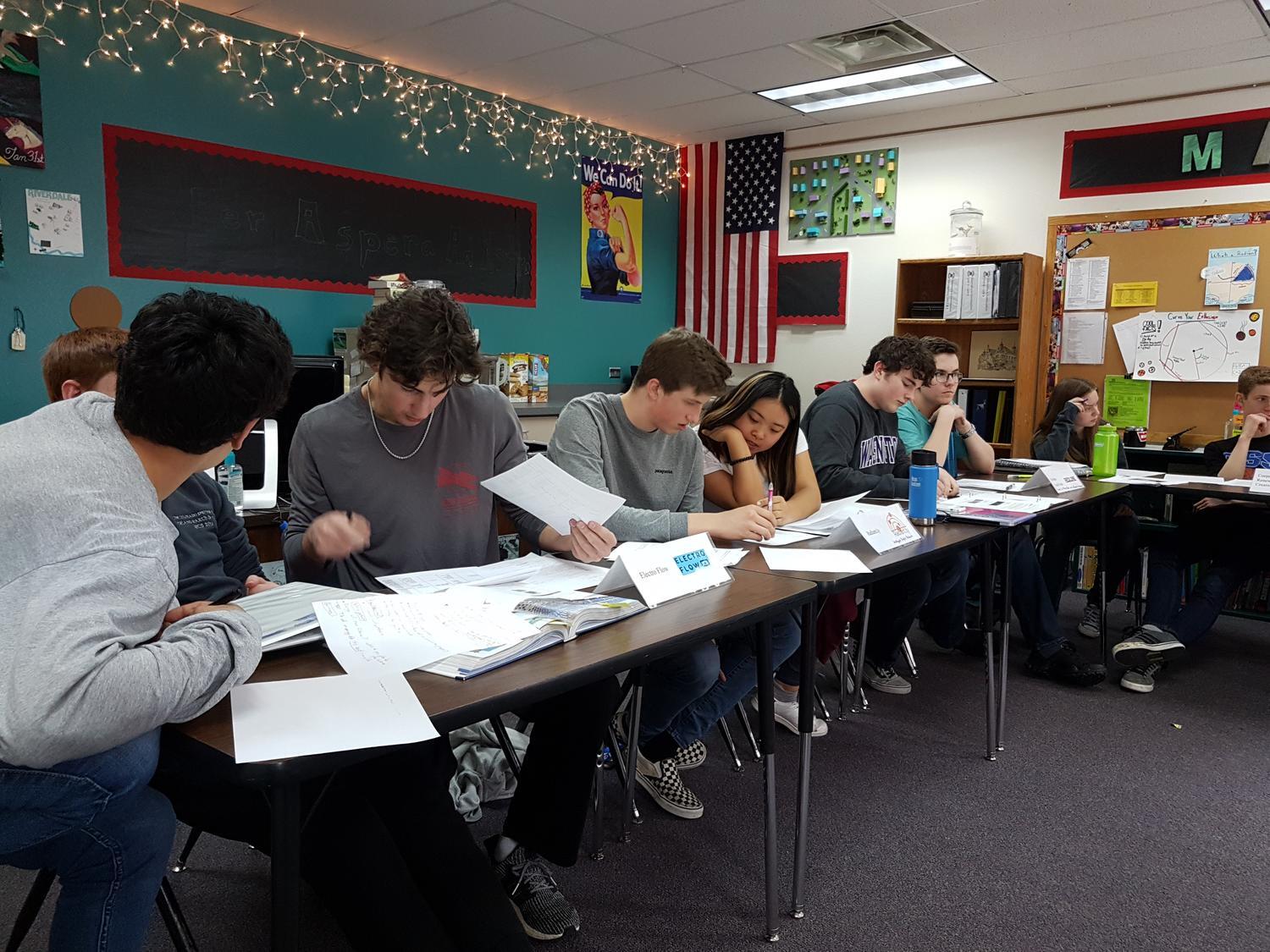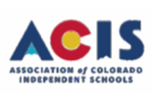
Before we left for Iceland, we familiarized ourselves with the different sectors of the modern energy economy. For this process, we broke into groups and created companies in one of eight industries. Afterwards, we presented on everything from tidal energy to fossil fuels. We then had to present our case in front of a simulated city council for the bid to power the grid.
After delivering closing statements for our lengthy debate Friday morning, we were off to Reykjavik. Upon landing 17 hours later with a few hours of sleep on the plane, our experience began. First stop was Sigurson Bakery where we met our guides for the week, two geologists, Amy Clifton and Kirby Young, who studied under Dr. Barry Voight. Over kleinar and coffee, a typical Icelandic breakfast, we learned a few words of Iceland’s complex language and talked science. Then we went to the Bláa Lónid, Iceland’s famous Blue Lagoon. The water, however, came with the added costs of a luxury spa experience. Instead, our guides explained the geological features and geothermal processes that created the milky blue pool.
As our lack of sleep caught up with us, we headed to the hostel for a quick nap. Refreshed afterwards, we took a much-needed trip to Laugurdagurslaug, the local magma-heated thermal pool right next door.
Even in the first few days of our travels, energy was everywhere: gas in our bus to the airport, solar panels around Denver airport, food energy from our plane dinner, and geothermal plants surrounding the Blue Lagoon. The carbon from our international flight will stay in the atmosphere for 100 years or more, while the calories from our breakfast radiated away in an instant in the arctic wind. Even the light from the screen you’re reading this on came from the energy ancient sunlight stored in coal millions of years ago. In the coming days, we’ll see firsthand just how much energy the human race needs – along with how much power and potential we have.


Follow all of the student ECS Blogs on Campus News.





